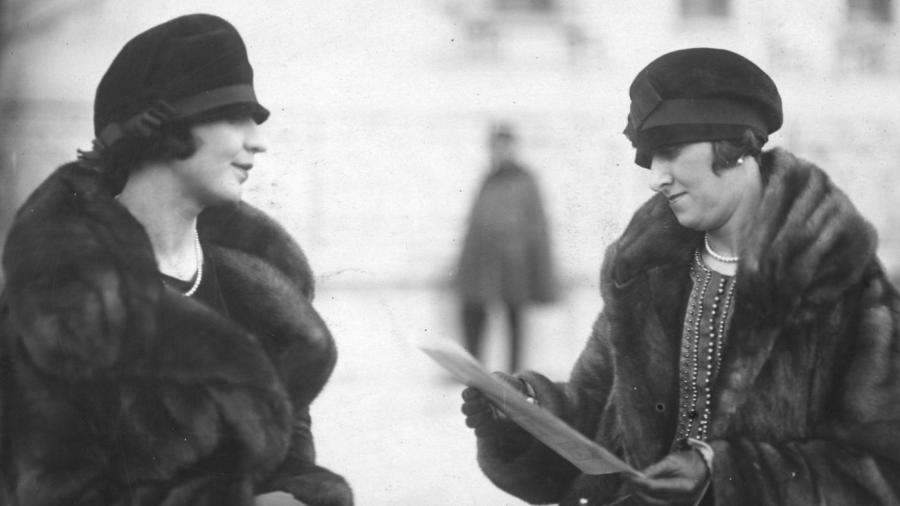How Were Women Treated in the 1920s?

Women in the 1920s began earning more equality in society, namely the right to vote. Women earned more equality during this decade, getting more access to higher education, jobs in the workplace and a changing domestic role. Women still faced challenges, though. Women were still largely considered subservient to men.
When the 19th Amendment passed in 1920, women finally gained their own suffrage, although they would face further challenges in the years to come. For instance, women were expected to follow a patriarchal lead in the realm of politics. Many women ended up mirroring their voting decisions to the men in their family. Women also had considerable trouble gaining proper representation in politics. People, in general, also started voting less, which meant that many women stopped practicing their right as well. Furthermore, once women gained the right to vote, the women’s rights movement faced a sharp decline in momentum as many other women’s rights issues were splintered by schisms of agendas among women.
Even though more women were voting, becoming members of the workforce and fighting the right to be independent members of society, there was still a general prejudice facing women. In particular, men and women were still regarded as inhabiting “separate spheres” in what roles they were expected to fulfill in society. While the “flappers” of the 1920s showed women exercising their free will, sexual liberation and independence, women were still expected to take care of domestic responsibilities. Many people did not think women’s lives could be like men’s, where women could be active in politics and earn money for their households.





